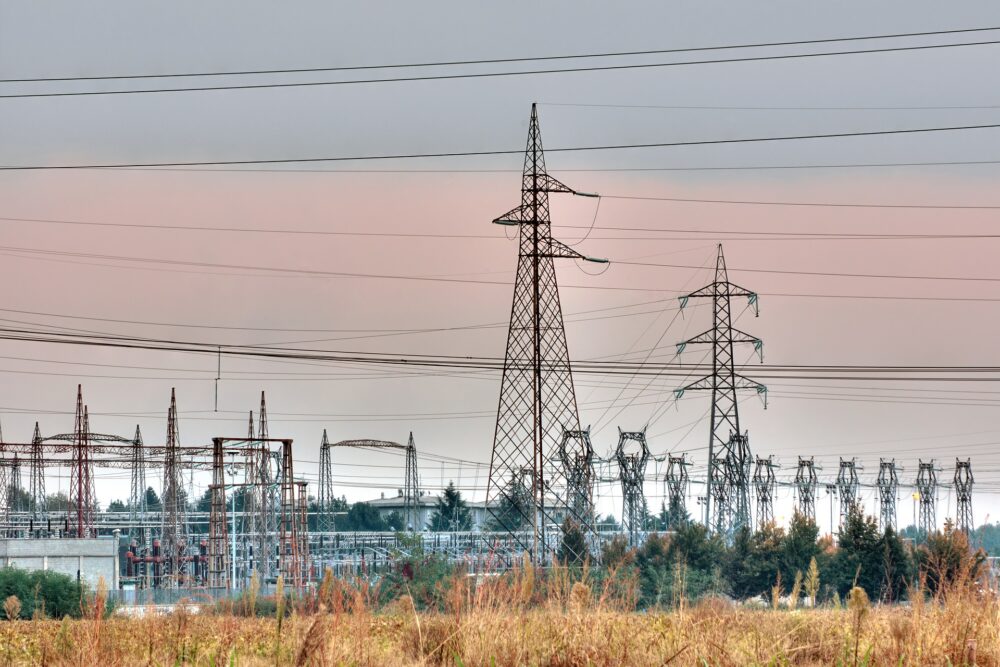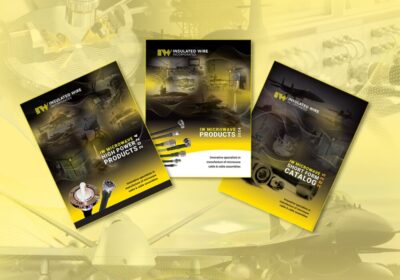~ The non-negotiable protectors of electrical systems ~
Electric shock, fires, equipment damage, downtime, high maintenance costs — all of these are potential risks of improper neutral earthing in electrical systems. So, how can you be sure to avoid these dangerous and costly consequences? Here, Mike Torbitt, managing director of resistor manufacturer Cressall, explains the importance of reliable neutral earthing and how to achieve it.
In September, the National Electric Power Regulatory Authority (NEPRA) in Pakistan fined an electric company 10 million Indian rupees — equivalent to over 91,000 British pounds. The reason? Improper earthing of the company’s poles and structures. But what does ‘proper’ or safe neutral earthing look like?
Understanding neutral earthing
Neutral earthing is a vital safety feature in electrical systems, protecting both equipment and personnel by controlling the flow of fault current. In medium voltage electricity generation and distribution systems, this feature is typically achieved using neutral earthing resistors (NERs).
NERs ground the neutral point of a transformer or generator through a resistor, limiting the current that could flow through this point in the event of an earth fault. By providing precise resistance between the neutral connection of the transformer or generator and the earth, NERs direct fault current safely into the ground. This controlled flow of fault current prevents dangerous escalation of voltages, which could damage motors, generators, cables and other critical equipment.
Overall, a reliable neutral earthing system ensures that fault currents are limited to safe levels, preventing thermal or mechanical damage to electrical equipment. It also stabilises the system, making fault detection easier for protective devices like circuit breakers and relays, which can then isolate the fault quickly. This reduces the risk of further system damage and operational downtime.
Checking NERs are fit for purpose
To achieve reliable neutral earthing with NERs, engineers should consider three key factors for optimal performance and safety.
The first is matching the size of the resistor to the electrical system’s specific voltage and fault current requirements. Under-sizing can lead to insufficient fault protection, while over-sizing can incur unnecessary costs and hinder the system’s fault detection and response mechanisms. Consulting industry standards such as IEC 60076-25:2023 or IEEE-C57-32a is crucial to establish the appropriate resistance value. Cressall NERs can be designed and tested to either standard or to individual specifications as required, encompassing any current or voltage rating.

Installing NERs also requires adherence to industry standards and guidelines, especially in regulated environments. The connections between the resistor and the neutral point of the transformer or generator must be secure, and the resistor enclosure should meet operational standards. For example, marine and industrial environments require robust enclosures to protect against weather conditions and intrusions such as dust. For this reason, all Cressall NER enclosures are designed with a standard protection index of IP23, with the option for higher protection up to IP56.
Finally, the resistor elements, enclosure and connections of NERs should be subjected to routine maintenance checks, no matter how high-quality the resistor materials and design. Regular maintenance can identify any potential issues that need attention, ensuring that NERs can be relied upon when it counts.
There’s a lot to consider when establishing a neutral earthing system but partnering with an experienced resistor manufacturer can streamline the process of safeguarding your electrical systems. After all, reliable neutral earthing is not just a regulatory requirement — it’s a vital step toward protecting both people and equipment.
Cressall offers a range of NER solutions for challenging industrial applications. To find out more, please visit the website.








